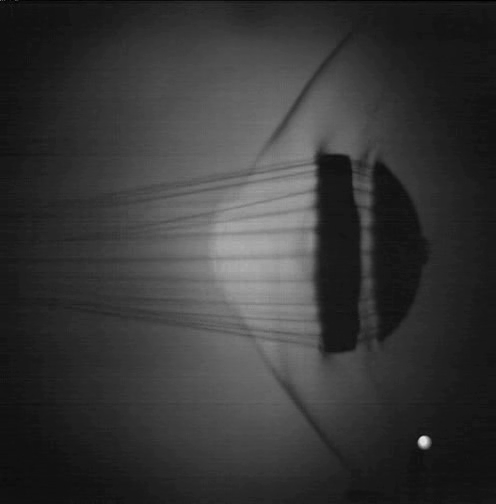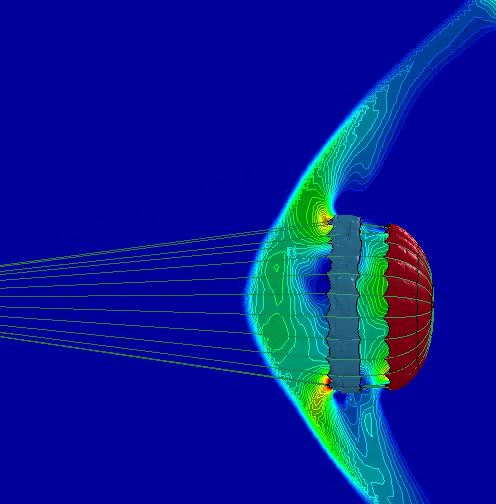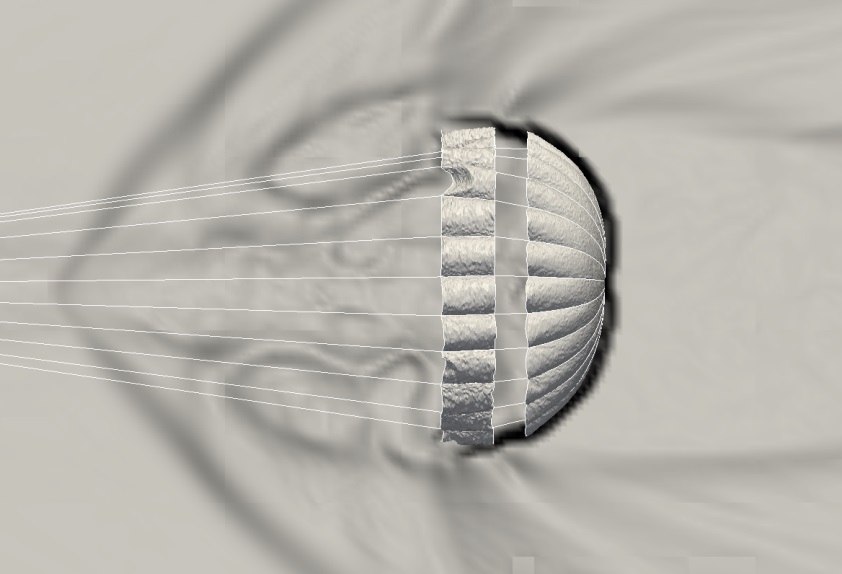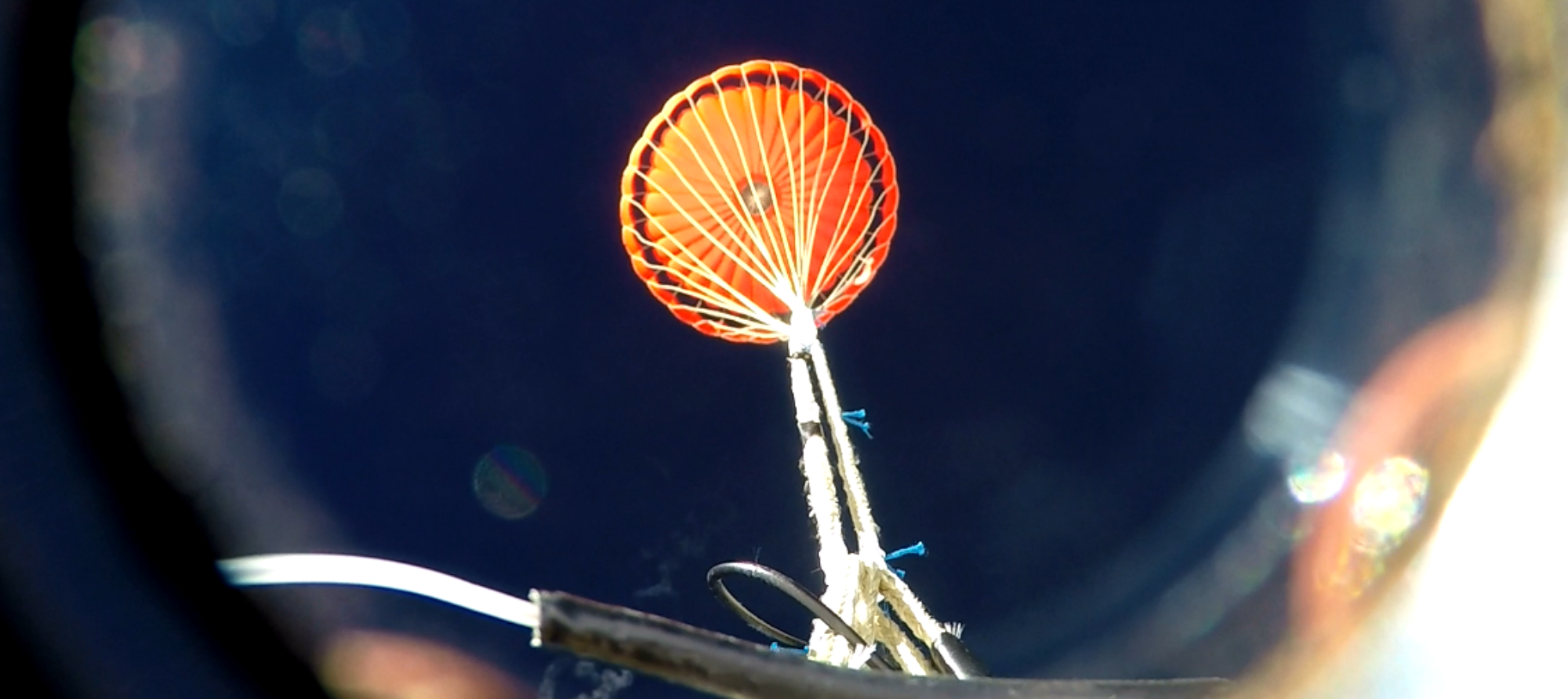Supersonic parachutes are a key technology for planetary landers and have been used on every successful Mars landing to date, yet the experimental database for these parachutes is very limited.
During the 1960s, NASA performed a series of high altitude, rocket-boosted parachute tests in order to identify the best parachute design for the Viking Mars landers. The design identified the Disk-Gap-Band (DGB) as the best option, and it has been used for every subsequent successful Mars mission.
Following the pre-Viking tests, very little research has been performed on this parachute type and those tests which have taken place were designed to demonstrate a mission design rather than optimise it.
Since a supersonic parachute is a key component of future ESA missions such as ExoMars, it was decided to commission a series of tests and computer-based reconstructions in order to improve knowledge of supersonic parachutes.
The objectives of this programme were to expand the experimental database for the DGB parachute, investigate the potential for predicting parachute performance using computational tools and to construct a new database for the DGB which could be used in future ESA missions.

Schlieren Test 
LS-DYNA® density contours 
VTF density gradients
A number of wind tunnel tests were required in order to investigate the dependency of parachute performance on the key system and operational parameters: Mach number, the size relative to the payload and trailing distance behind the payload.
The tests were reconstructed using Computational Fluid Dynamics (CFD) with Fluid-Structure Interaction (FSI).
Vorticity designed a number of small (170 mm to 340 mm) Disk-Gap-Band parachutes which were scaled from the parachutes used successfully on the Huygens lander. These were tested in the NRC 1.5 m Trisonic Wind Tunnel in Ottawa, Canada. The parachutes were tested at Mach numbers between 1.6 and 2.25 which represents the range of conditions a supersonic parachute would be deployed on Mars.
A total of 10 deployments were completed successfully which allowed us to determine the effects on parachute performance of Mach number, trailing distance behind the payload and parachute size relative to that of the payload. Three of the tests employed Schlieren photography to enable us to visualise the flow around the parachute.

